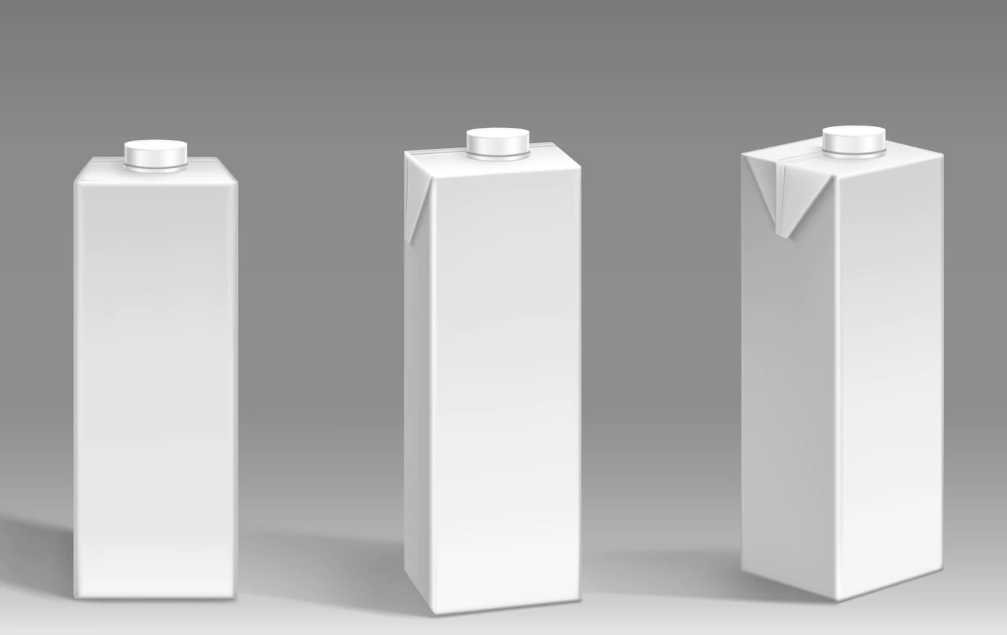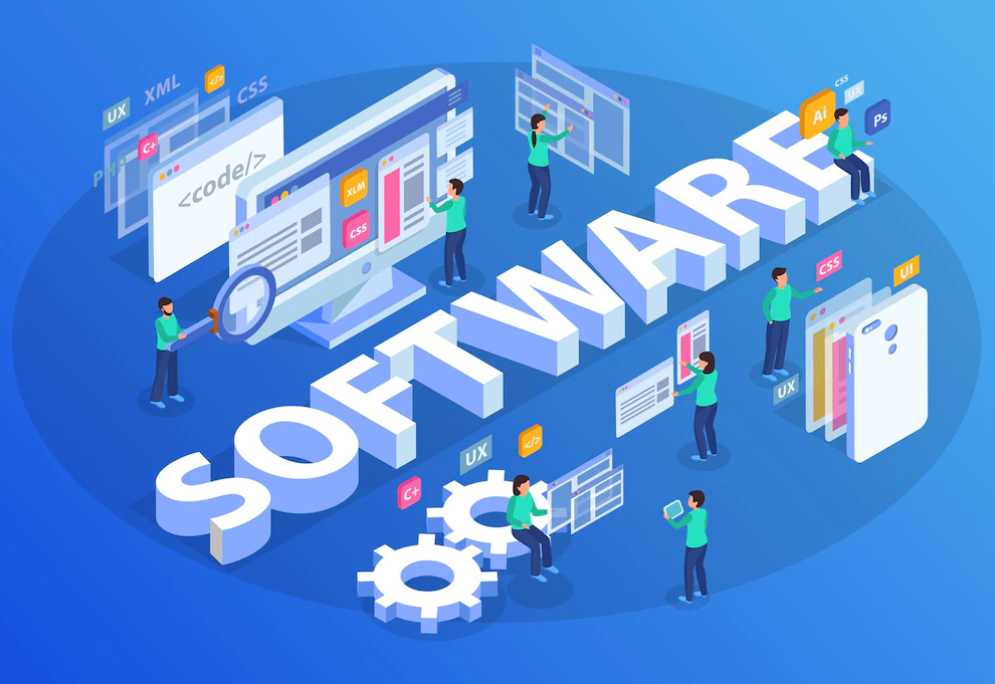If you’re in the beverage industry, you’ll want to keep up to date with the latest trends in packaging, ensuring that you’re using the right materials and technologies for your business. Here’s a look at some of the hottest trends in packaging and custom labels for beverages in 2023, including some of the most innovative ways that drink containers are changing the way consumers consume.
Hand lettering with a casual scrawled feel on packaging
Hand lettering with a casual, scrawled feel has become popular recently. It gives a homemade feel and makes a product seem more like a personal creation. This style is becoming increasingly popular for packaging designs in 2023. Adding hand lettering to your beverage packaging is a great way to stand out from your competitors.
The trends in packaging design in 2023 include a wide range of design styles. While these styles vary widely, they are all characterized by a common theme of optimism and playfulness. Packaging designs in 2023 also reflect a sense of familiarity and comfort. These are traits that appeal to a wide audience.
One trend that is gaining popularity is the use of bright, vibrant colors. These colors grab attention, and brands are using them to stand out in stores. Some brands are embracing ecstatic colors, which are highly saturated neons. They appear confident and playful and often appear on drink packages. Another trend is sticker book aesthetics. Sticker books are popular with children, and combine bright colors with doodles to appeal to the inner child in consumers.
There are also cartoon characters on the packaging. These look like comics from newspapers. Cartoons give a more whimsical, fun approach to packaging. Cartoons on the packaging are often drawn in wacky situations, and they look like a natural, effortless process. They are a great way to build a brand personality.
Typography has always been important in package design. Leading brands will be using it as the centerpiece of their packaging in 2023. With a combination of bright, colorful typography, brands will be able to stand out from the competition.
As packaging design evolves, brands will be able to attract new customers. For example, the Castleton Coffee Company packaging uses a line drawing of a coffee connoisseur.
Sticker book aesthetics with dynamic use of color
If you are looking to design packaging for a drink or alcoholic beverage you need to consider the sticker book aesthetics with dynamic use of color. These are all the rage right now. They make a great brand statement and are sure to draw the consumer’s attention.
Sticker book aesthetics are also a fun way to bring nostalgia to the forefront of your brand’s marketing efforts. They mimic the look of a sticker book with cute icons and stamps. The candy pastel colors used are a nice touch.
Sticker book aesthetics with dynamic use of color are not only fun, but they are also a great way to draw attention and entice your consumers. They are not only for kids but can also be applied to adult products as well. A good example is the Sense of Shelf brand’s use of sticker book art.
Other examples of this trend include BenTo Cans and Mix Drinks. Using a mix of bold and muted colors, these brands make a great impression. For a more authentic DIY look, try using hand-drawn styles. This will allow you to show off your brand’s most innovative products while simultaneously appealing to the creative side of your audience.
One of the most important aspects of this particular style of packaging is its ability to communicate information in a simple manner. This allows the consumer to understand what is inside without having to take the time to open the package. Similarly, it provides a visual experience that will make the consumer feel good about buying the product. Using the right color scheme and fonts will also make a positive impact.
Reusability can alleviate the guilt of packaging waste
Reusable packaging is a major step towards the goal of cutting waste in general, but it is also important to alleviate the guilt we feel about our waste. In addition to eliminating the need for additional packaging, reusable products can help reduce costs. And, when consumers see that reuse is possible, they may be more inclined to choose them.
Currently, the food and beverage industry is considering sustainable packaging options, including reusable containers. These companies are implementing a variety of approaches, from package-less systems to rethinking the way they manufacture products. For example, a number of supermarkets, like Waitrose, are experimenting with refill stations.
There is also an increasing push for reusables in the hospitality industry. Some companies are offering reusable cups, which customers can use to drink their coffee or tea. Another is TerraCycle, which collects empty containers and delivers them back to customers.
Some of the largest food and beverage companies in the world, including Nestle and Unilever, are starting to embrace reusable products. Their research suggests that reusable containers are just as good at alleviating waste as the traditional single-use versions.
Among the reasons Vanderlip thinks reusable solutions will work is the accelerating corporate awareness of the limits on recycling plastics. This is particularly true of the plastic Styrofoam food containers, which are littering beaches and drifting in oceans around the world. Moreover, the availability of reusable containers can lower food service costs, improve customer satisfaction and build brand loyalty.
To learn more about reusable packaging, check out Upstream’s website. The company is working to support new collection models for reusable containers, engage local zero-waste activists, and advance the case for reusable items in the foodservice industry.
Sustainability
The packaging industry has taken a keen interest in bio-based materials for its products. These materials can improve the production of chemicals and plastics while also being sustainable.
In 2023, more companies will begin to adopt lightweight and eco-friendly packaging options. This can save materials, fuel, and shipping costs.
Consumers expect more from their brands. Companies have to meet their expectations or face the potential for consumer lawsuits. Many consumers want to know that their food or beverages are packaged in environmentally friendly ways. However, this can be difficult to determine.
One way to ensure that the packaging your company offers is sustainable is to consider how the materials used are recycled. Some beverage companies use paper and fiber-based packaging, which has benefited from advancements on the sustainability front. Others have invested in easily-recycled plastics, starches, and algae.
Another trend that will continue to evolve in the packaging industry is the creation of certified compostable products. This is a new approach to recycling that will require companies to look at all of their waste streams.
Other trends in beverage packaging will focus on ready-made drinks and tasty, convenient options. As consumers become more educated about how to reduce their carbon footprints, they will demand more sustainable products.
With more consumers aware of the importance of packaging and its impact on the environment, brands have to start taking their responsibility seriously. For example, PepsiCo, which has a reputation for promoting its positive business practices, has announced a global packaging goal. Its goal is to double the number of servings delivered in reusable models.
Whether your company is launching its first product or redesigning existing packaging, sustainability is a must. To meet the needs of consumers, manufacturers need to explore innovative solutions.
Carbon-neutral and regenerative foods and beverages
With a growing demand for better-for-you foods, food and beverage companies are stepping up to address their environmental footprint. One of the key targets is packaging. Packaging is one of the biggest contributors to greenhouse gas emissions.
Some brands are promoting the use of carbon-neutral and regenerative packaging. Often, these products receive certification from a third-party organization.
Food and beverage companies are looking for suppliers that are committed to responsible sourcing. As a result, consumers are becoming more informed about where their products come from. They want to know how the product is made, what ingredients are used, and how the company is managing its environmental footprint.
To help consumers, many companies are creating transparent packaging. New technologies allow brands to keep track of their ingredients and temperatures. This also allows them to choose more ethical suppliers.
The food and beverage industry is also focusing on a more circular economy. By exploring ready-made drinks, manufacturers will find ways to reduce their waste and consumption of resources.
Carbon-neutral and regenerative foods and beverages will also be incorporated into their packaging. A number of new innovations will bring the focus of consumers to packaging in a new way. Such innovations include upcycled ingredients, ghost kitchens, and more energy exchange processes.
Carbon-neutral and regenerative packaging will become a larger part of the food and beverage industry in 2023. Brands will look for innovative options to make the process easier. Using less plastic, fewer materials and packaging that can compost will all be in demand.
Meat and dairy companies could signal their commitment to a more sustainable future by offering low-carbon meat and dairy. But the meat industry is not without controversy. For example, deforestation and the use of palm oil are often linked to the industry.











